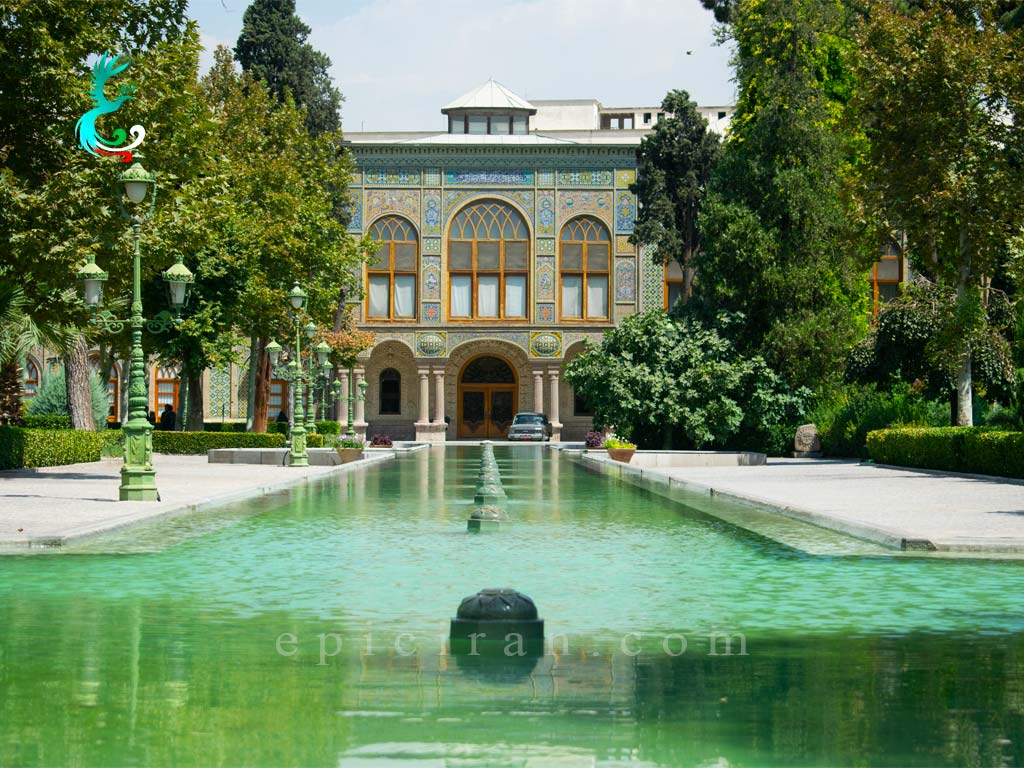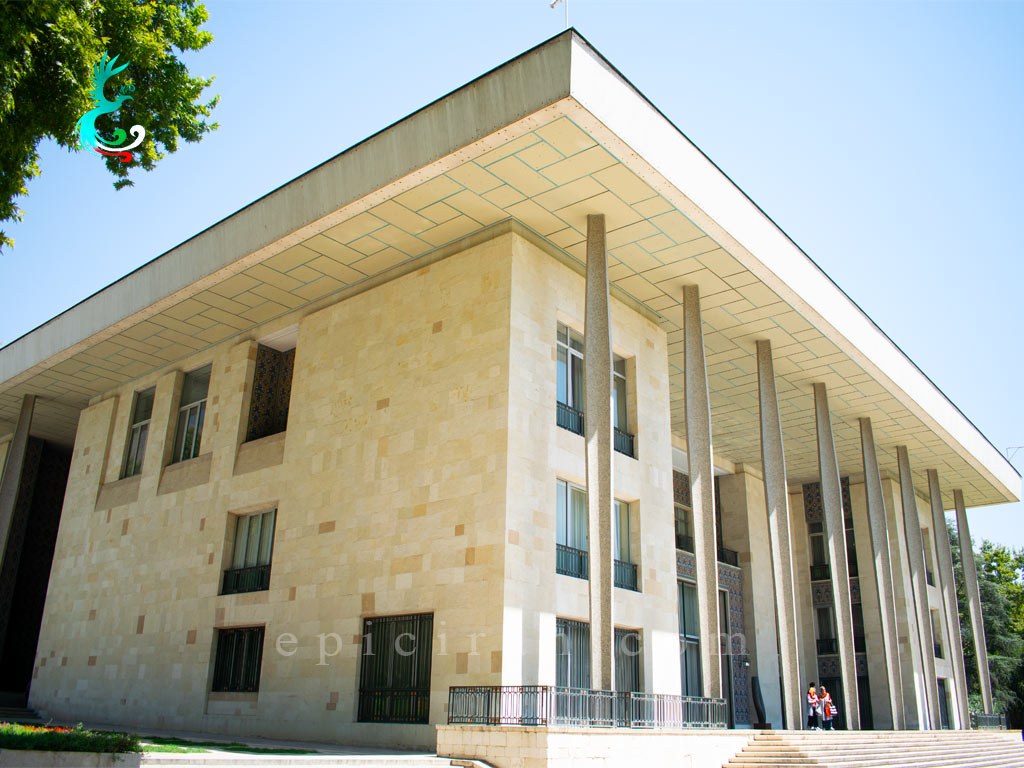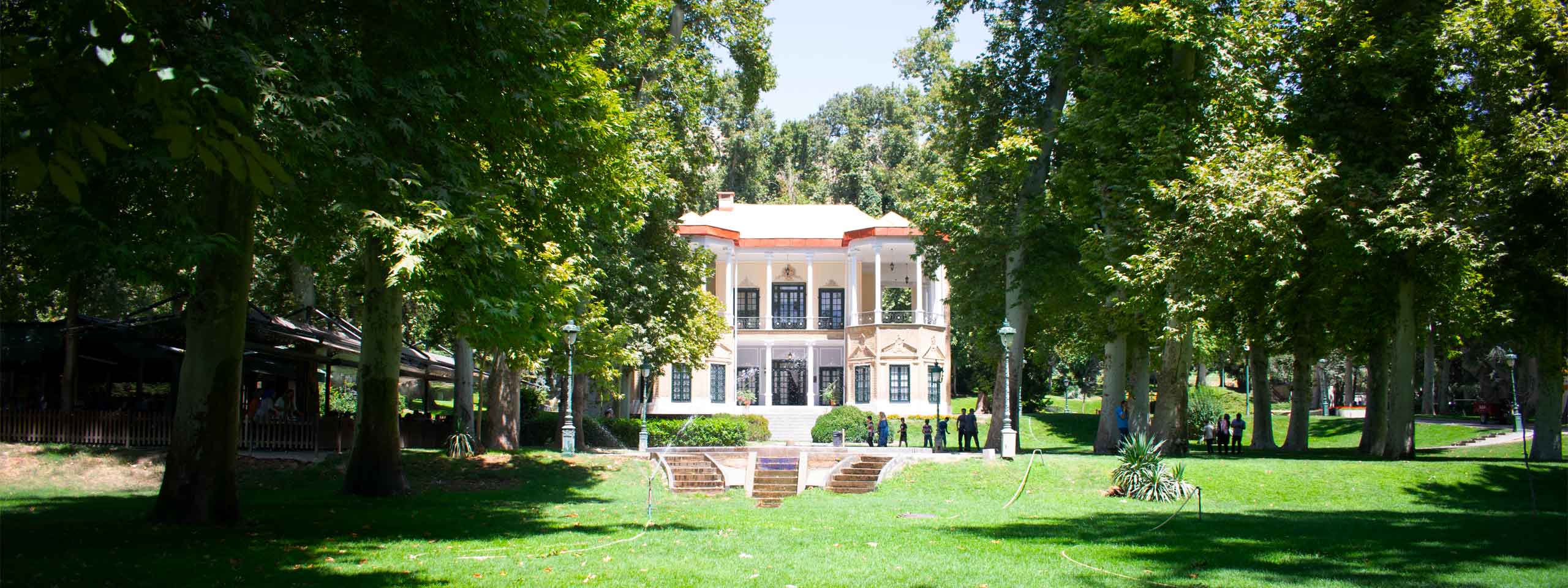Most of the historical palaces in Tehran belong to the Qajar or Pahlavi period and have changed over the years with the things that have happened in Iran, but they still remain in their glorious place to tell their story to the future.
Due to the interest and attention of the kings of the time to European countries, most of these historical palaces in Tehran are a combination of Iranian and European architecture that has given them a special effect and glory.
Golestan Palace: The oldest palace in historical palaces in Tehran
Golestan Palace is one of the most important historical palaces in Tehran. The original structure of this palace was formed during the reign of Shah Abbas Safavid, but with the passage of time and the changes that took place in it, nothing remains of its original structure. This palace is more than four centuries old and has witnessed the rise and fall of various periods of history, including the Safavid, Qajar, Zand, and Pahlavi dynasties.
The coronation of Agha Mohammad Khan Qajar, as the king of Iran, is a turning point in the history of Golestan Palace, this event showed the importance of the palace as a royal citadel. The palace witnessed the coronations of Ahmad Shah (Qajar), Muzaffar al-Din Shah (Qajar), and Reza Shah (Pahlavi), which underwent many changes during the reign of each of the kings. From the past until now, different parts have been added to the palace, and parts such as the interior, the government support, or the exit building have been completely destroyed for various reasons. Golestan Palace has Iranian architecture with a touch of European architecture, which at that time had a great impact on the formation of the building.
Golestan Palace was registered as a UNESCO World Heritage Site in 2013 and has various parts such as the Marble Throne Mansion, the Almas (Diamond) Hall, the Gallery Museum, the Shams-ol-Emareh Mansion.

Saadabad Palace: The biggest historical palace in Tehran
Saadabad Palace is one of the most important historical palaces in Tehran, which was built during the Qajar period with an area of about 110 hectares at the foot of Tochal Mountain. Saad Abad Palace, due to its location at the foot of the Alborz mountain range, had a cool climate and was the summer residence of the Qajar and Pahlavi kings.
During the Pahlavi era, with the purchase of gardens around the palace and the construction of new buildings by combining European and traditional Iranian architecture, the palace expanded and underwent fundamental changes. Saadabad has 18 palaces, each of which used to belong to a member of the Pahlavi family.
Saadabad Palace has various parts such as Mellat Palace and Museum, Green Palace, Royal clothes museum, Master Mir Emad calligraphy museum and etc.
Niavaran palace: has the best weather in the historical palaces in Tehran
Niavaran Palace is close to many villages around Tehran from the north. This palace is one of the most spectacular historical palaces in Tehran that attracts many tourists. This palace with an area of nearly 11 hectares, in the north of Tehran, was built by order of Fath Ali Shah from the Qajar dynasty, as a summer residence.
During the Pahlavi era, many small palaces of the complex were destroyed and replaced by modern and new buildings by order of various kings. After the Islamic Revolution, the palace was reopened in 1986, and over the years, various parts of the complex were exposed to the public.
Niavaran Palace Complex has various parts such as Sahebqaranieh palace, Private Palace, Ahmad Shahi Pavilion, Jahan Nama museum, and Royal Library Museum.


